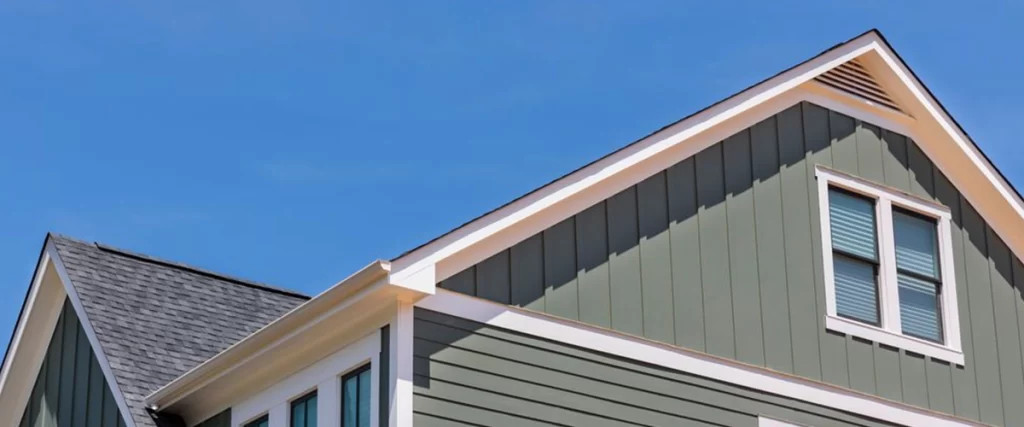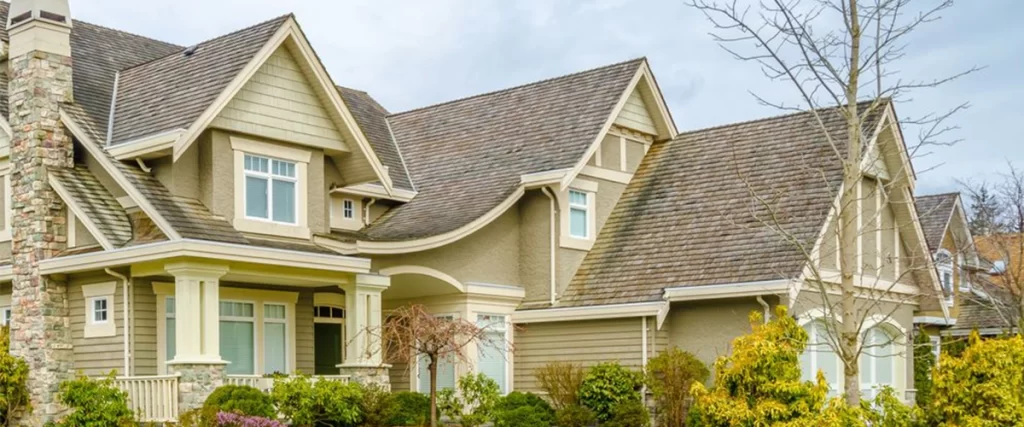If you’re a homeowner, you’ve probably looked at the outside of your house and thought, “It’s time for an update.” Whether you’re dealing with peeling paint, damaged panels, or you’re just tired of how your home looks from the curb, siding installation is one of the best investments you can make.
But there’s one big question most homeowners ask before jumping in: how much does house siding installation actually cost?
That’s exactly what we’re going to unpack here.
Whether you live in a region with freezing winters, scorching summers, high humidity, or salty coastal air, siding isn’t just cosmetic — it protects your home. So let’s break it all down: costs, materials, what affects the final price, and what you can expect when you’re ready to take the next step.

What Impacts the Cost of House Siding Installation?
There’s no single price tag for siding a home because every house — and every homeowner — is different. Here’s what typically affects how much you’ll pay:
1. Size of Your Home
This one’s straightforward. The more exterior wall space you have, the more siding material and labor you’ll need. Homes with multiple stories, complicated layouts, or unusual shapes can also bump the price up.
2. Type of Siding Material
Siding comes in all kinds of materials, and each has its own pros, cons, and price point. We’ll dig into those more in the next section.
3. Tear-Off and Prep Work
If your existing siding is damaged, old, or has to be completely removed before new siding can be installed, that adds to labor and disposal costs.
4. Insulation and Weather Barriers
Depending on your local climate, building code, or your own energy efficiency goals, you might need to add a weather-resistant barrier or extra insulation underneath the siding. That’s more upfront cost, but it can save you money long term.
5. Labor Rates in Your Area
Labor rates can vary depending on where you live and how complex the installation is. Urban areas or regions with a higher cost of living usually have higher installation costs.
Types of Siding and Their Average Costs
Let’s talk materials. Your siding repair choice plays a huge role in the final cost, not just in installation, but also in long-term maintenance and lifespan.
Here’s a breakdown of the most common siding options and what they typically cost per square foot (materials + installation):
| Material | Cost Per Sq. Ft. | Pros | Cons |
| Vinyl | $6 – $10 | Affordable, low maintenance, many colors | Can crack in extreme cold or fade over time |
| Fiber Cement | $10 – $14 | Durable, fire-resistant, mimics wood | Heavier and more expensive to install |
| Wood | $12 – $20 | Natural look, customizable | Requires frequent maintenance, prone to rot |
| Engineered Wood | $10 – $14 | Looks like wood but more durable | Needs some maintenance |
| Metal (Steel/Alum.) | $10 – $16 | Fire-resistant, durable, insect-proof | Prone to dents, noisy in rain |
| Stucco | $14 – $18 | Great insulation, unique appearance | Needs professional installation, cracks over time |
| Brick Veneer | $16 – $22+ | Classic look, low maintenance | Higher cost, heavy |
Note: These are averages. Your actual costs may vary based on your location, brand selection, and contractor rates.
How Climate and Location Affect Siding Costs
Here’s where your location really starts to matter. Different climates demand different siding installation & materials:
- Cold, snowy climates: You’ll want materials that can handle freeze-thaw cycles. Fiber cement and insulated vinyl are good options.
- Hot, sunny regions: UV rays can fade cheaper materials. Go with UV-resistant siding like fiber cement or premium vinyl.
- Coastal areas: Salt air can corrode certain materials. Metal siding (with proper coating) or vinyl is more resistant here.
- Humid zones: Moisture-resistant options are a must. Avoid wood unless you’re okay with high maintenance.
On top of that, some municipalities require certain permits or have specific building codes. Always check local requirements before starting a project — and work with professionals who are already familiar with them.
Realistic Total Cost Estimates
So what can you expect to pay when all is said and done? Here are rough estimates for a 2,000 sq. ft. home:
- Basic vinyl siding: $12,000 – $16,000
- Fiber cement siding: $18,000 – $26,000
- Engineered wood siding: $16,000 – $22,000
- Brick veneer or stucco: $28,000 – $40,000+
Again, these are ballpark figures. The actual cost for your home will depend on all the factors we’ve covered above.
Best Siding Manufacturers to Consider
When it comes to siding, not all brands are created equal. Choosing a reliable manufacturer means you’re getting materials that will last and perform well for years to come.
Here are some of the top siding manufacturers in the industry today:
- James Hardie – Known for high-quality fiber cement siding that withstands extreme weather and holds color well.
- LP SmartSide – A leader in engineered wood siding; durable, beautiful, and easier to install than traditional wood.
- CertainTeed – Offers a wide range of vinyl siding options with great durability and style flexibility.
- Mastic (by Ply Gem) – Trusted vinyl siding brand known for its fade-resistant colors and low-maintenance products.
- Royal Building Products – Makes high-performance vinyl siding with a focus on insulation and color longevity.

FAQs About House Siding Installation
How long does siding installation take?
It usually takes about 1–2 weeks depending on the size of your home, the material chosen, and weather conditions.
Do I need a permit to install siding?
In most areas, yes. Permit requirements vary by location, so always check with your local building department.
Is new siding worth the investment?
Absolutely. New siding boosts curb appeal, improves energy efficiency, and can increase your home’s resale value.
How do I know which siding material is best for my home?
That depends on your budget, the local climate, and the look you’re going for. We’ll help you choose the right one.
Can siding help with insulation?
Yes. Many modern siding products come with insulation options that can help reduce heating and cooling costs.
What should I look for in a siding contractor?
Look for experience, licensed professionals, local knowledge, and strong customer reviews. Quality of work matters more than price.
What happens if my old siding has mold or rot?
We’ll inspect and remove damaged sections before installing new siding. It’s crucial to start with a clean, solid base.
How often should siding be replaced?
Depending on the material, siding can last 20–50 years or more. Regular maintenance and inspections extend its life.
Our Team: Experts in Siding Installation Done Right
Our team has been a trusted siding contractor for years, and it shows in every project we complete. We’re not just skilled at the technical side of things (although we absolutely are), we also care about delivering results that look amazing and protect your home for decades.
We believe that working with professionals doesn’t just get you a prettier home, it helps you avoid costly mistakes and repairs down the line. That’s money saved and peace of mind earned.
If you’re ready to get your siding installation tackled by experienced pros who do the job right the first time, contact us at (402) 651-1493. Let’s get your home looking its best.
